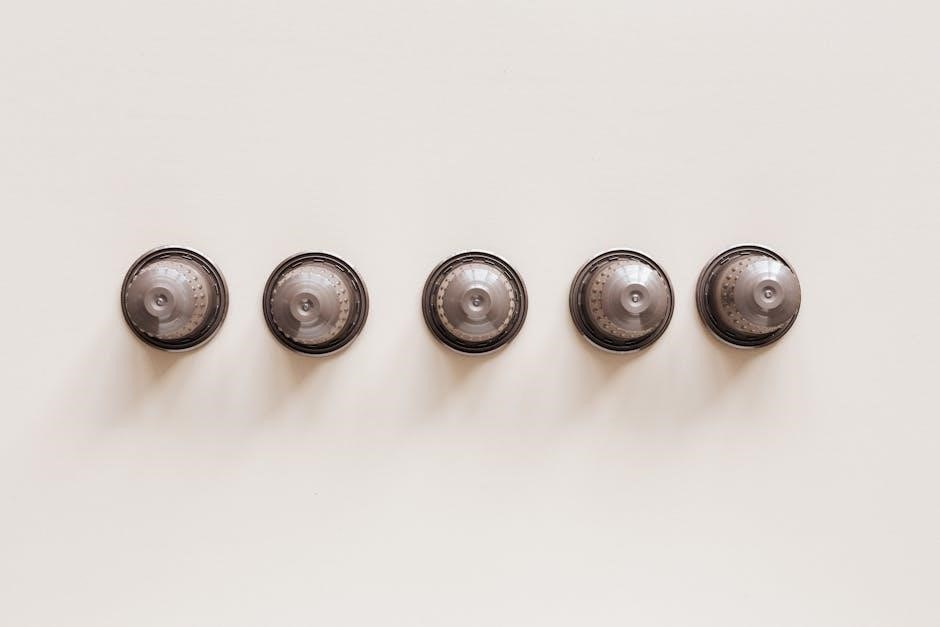Follow the step-by-step guide to set up, program, and maintain your PetSafe Automatic Feeder; Learn how to insert batteries, schedule feeding times, and clean the device properly for optimal performance.
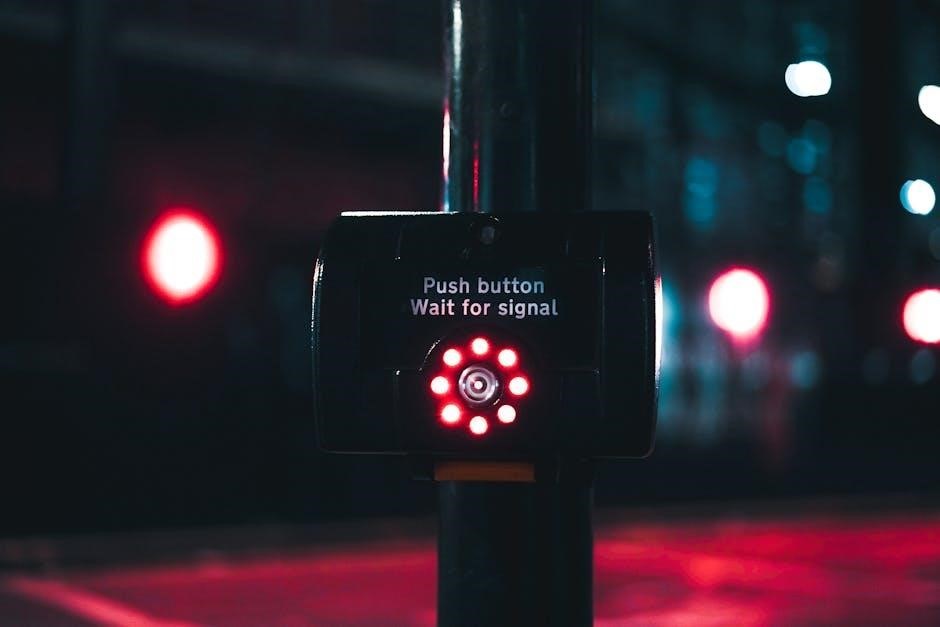
The PetSafe Automatic Feeder is a convenient and reliable solution for pet owners who want to ensure their pets are fed consistently, even when they’re not at home. Designed with ease of use in mind, this feeder allows you to program feeding schedules, portion sizes, and operate seamlessly with minimal effort. Whether you have a busy schedule or want to manage your pet’s feeding habits effectively, the PetSafe Automatic Feeder offers a practical and efficient way to care for your furry friends. Its intuitive interface and durable design make it a popular choice among pet owners. By following the instructions provided, you can set up and maintain the feeder to ensure your pet’s meals are always on time and in the right amount.
Setting Up Your PetSafe Automatic Feeder
Begin by unboxing and preparing the feeder, then insert batteries and power it on. Place the feeder in a convenient location and follow the initial setup instructions carefully.
Unboxing and Preparing the Feeder
Start by carefully unboxing your PetSafe Automatic Feeder and ensure all components are included. Gently remove any protective packaging materials and inspect the feeder for any damage. Before first use, clean the feeder with a damp cloth to ensure hygiene. Place the feeder on a flat, stable surface, away from direct sunlight and moisture. Remove any stickers or labels from the bowl and hopper. Ensure the feeder is empty of any packaging materials or debris. Now, your feeder is ready for battery installation and initial setup. Always refer to the manual for specific unboxing instructions to avoid any issues.
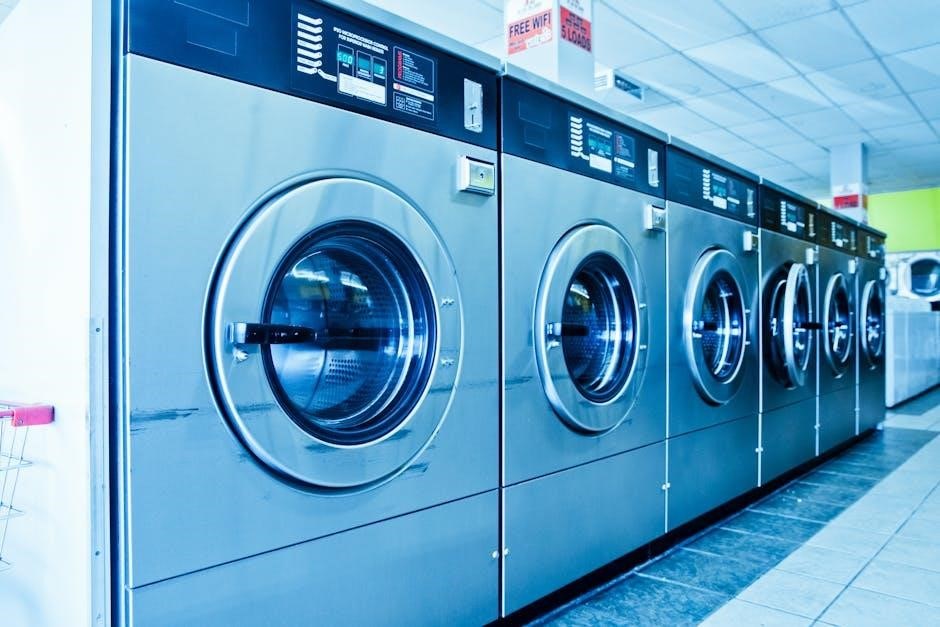
Inserting Batteries and Powering On
To power your PetSafe Automatic Feeder, locate the battery compartment, usually found at the back or bottom of the device. Open it by sliding or unscrewing, depending on the model. Insert 4-6 alkaline D batteries, ensuring the correct polarity. Avoid using rechargeable batteries unless specified. Once batteries are in, close the compartment securely. The feeder will automatically enter Setup Mode, indicated by a blinking LCD screen. If your model has a power adapter, plug it in following the manufacturer’s instructions. Ensure no liquids come into contact with the electronics. After powering on, the feeder is ready for programming. Always use alkaline batteries for reliable operation and to prevent any malfunctions.
Placing the Feeder and Initial Setup
Place the PetSafe Automatic Feeder on a flat, stable surface, ensuring it is away from walls or obstructions. Choose a location near your pet’s eating area for easy access. Before use, ensure the feeder is clean and dry. If using batteries, make sure they are securely installed. Plug-in models should be placed near a power outlet. Once powered on, the feeder will enter Setup Mode, allowing you to configure feeding schedules and portion sizes. For stability, consider placing non-slip pads under the feeder’s legs. Ensure the area around the feeder is clear to prevent accidents. Proper placement and setup are crucial for smooth operation and your pet’s safety. Always follow the manufacturer’s guidelines for optimal performance.
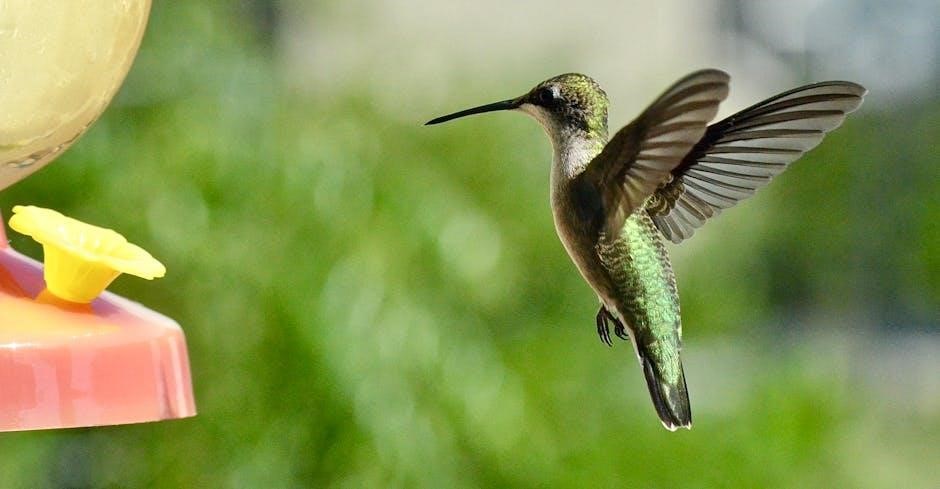
Programming Your PetSafe Automatic Feeder
Set the clock and schedule feeding times easily using the LCD display. Adjust portion sizes and monitor feeding sessions to ensure your pet’s meals are dispensed accurately and consistently.
Setting the Clock and Time Format
After inserting the batteries, the feeder enters setup mode. Press the clock button until the hours flash on the LCD display. Use the increase or decrease buttons to set the correct hour. Press set to confirm and adjust the minutes similarly. Choose between 12-hour or 24-hour time format based on your preference. Finally, press set to save your settings and exit clock setup mode.
Scheduling Feeding Times
To schedule feeding times, press the clock button until the current time flashes. Use the increase or decrease buttons to set the desired feeding hour. Press set to confirm the hour and adjust the minutes. Repeat this process for each feeding time you wish to schedule. Ensure each feeding time is set correctly, as the feeder will dispense food at the programmed times. If needed, you can customize the portion sizes separately to suit your pet’s dietary needs. After setting all feeding times, press set to save and exit the scheduling mode. The feeder will now automatically dispense food at the scheduled times. Regularly check and update the feeding times if your pet’s routine changes to ensure consistent feeding;
Adjusting Portion Sizes
To adjust the portion sizes on your PetSafe Automatic Feeder, press and hold the “Portion” button until the portion size indicator flashes. Use the increase or decrease buttons to select the desired portion size, which is typically measured in cups or fractions of a cup. Each feeding time can have a different portion size, allowing you to customize your pet’s meals throughout the day. Once you’ve selected the desired portion size, press the “Set” button to save your changes. Repeat this process for each scheduled feeding time to ensure the correct portion is dispensed. The feeder will now deliver the programmed portion sizes at the designated times. Regularly check and adjust the portion sizes as needed to match your pet’s dietary requirements. This feature ensures your pet receives the right amount of food at each meal.
Troubleshooting Common Programming Issues
If your PetSafe Automatic Feeder isn’t programming correctly, start by ensuring the batteries are fresh and properly installed. If the feeder isn’t turning on, press and hold the “Clock” button for 3 seconds to activate it. For issues with feeding times, check that the clock is set correctly and in the proper time format (12-hour or 24-hour). If the feeder isn’t dispensing food, verify that the portion size is set to at least 1 cup and that the food tray is aligned properly. If the buttons are unresponsive, try resetting the feeder by pressing and holding the “Set” button for 5 seconds. For persistent issues, refer to the troubleshooting guide in the manual or reset the feeder to factory settings by pressing “Clock” and “Set” simultaneously for 10 seconds. This should resolve most programming-related problems.
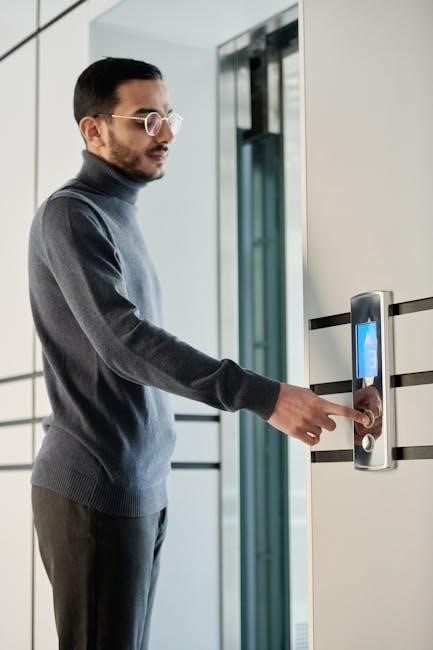
Maintenance and Cleaning
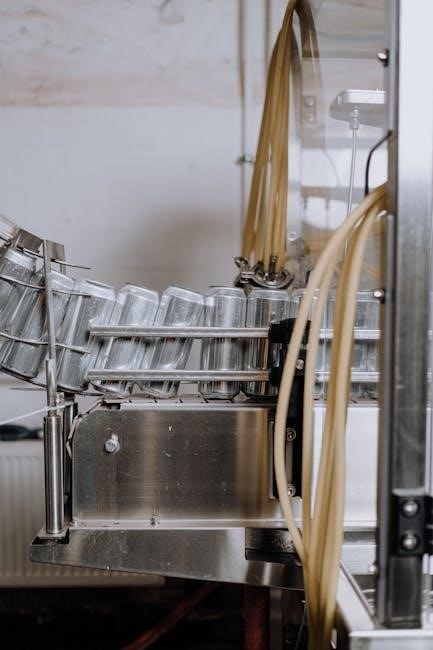
Regularly clean the hopper and bowl with mild detergent. Check for blockages. Dry thoroughly. Ensure food flows smoothly. Replace batteries regularly as needed for optimal performance.
Cleaning the Feeder Regularly
Regular cleaning is essential to maintain your PetSafe Automatic Feeder’s functionality and your pet’s health. Start by disconnecting the power and removing any leftover food. Wash the food tray and bowl with mild detergent and warm water, or place them in the dishwasher if they are dishwasher-safe. Use a soft cloth to wipe down the hopper and other exterior parts. Avoid submerging electrical components in water. Dry all parts thoroughly before reassembling the feeder. Clean the chute and sensors regularly to prevent clogs and ensure accurate portion control. Check for any blockages in the dispensing mechanism and remove them promptly. Regular cleaning prevents mold growth and keeps your pet’s meals fresh and safe. Always refer to the manual for specific cleaning instructions tailored to your feeder model.

Monitoring and Refilling Food
Regularly monitor the food level in your PetSafe Automatic Feeder to ensure your pet never runs out of meals. Check the transparent hopper to visually inspect the remaining food. For pets with high food consumption, check the feeder daily. Refill the hopper before the food level drops too low, especially if your pet has multiple scheduled feedings. Use the correct type of dry food recommended for your feeder model to prevent clogs. Avoid overfilling, as this can cause dispensing issues. Clean the hopper before refilling to maintain hygiene and prevent mold growth. Always follow the manufacturer’s guidelines for the maximum food capacity to ensure smooth operation. Monitoring and refilling regularly guarantees your pet’s feeding schedule remains consistent and reliable.
Troubleshooting Your PetSafe Automatic Feeder
Identify and resolve common issues with your PetSafe feeder, such as jammed dispensers or sensor malfunctions. Check batteries, ensure food size, and reset if needed for optimal performance.
Common Issues and Solutions
Troubleshooting your PetSafe Automatic Feeder can resolve issues like food not dispensing or jams. Check if batteries are weak or improperly inserted. Ensure food pieces are uniform in size to prevent clogs. If the feeder stops working, reset it by removing batteries for 30 seconds. For sensor issues, clean the infrared sensor with a soft cloth. If meals are not scheduling, verify the clock is set correctly. Ensure the feeder is placed on a stable surface to avoid misalignment. For persistent problems, refer to the user manual or contact customer support. Regular cleaning and maintenance can prevent many of these issues. If the feeder still malfunctions, consider resetting it to factory settings.
Resetting the Feeder to Factory Settings
Resetting your PetSafe Automatic Feeder to factory settings is a straightforward process. Start by removing the batteries and unplugging the device to ensure it is completely powered off. Press and hold the “Clock” button while reinserting the batteries or plugging it back in. Continue holding the “Clock” button until the LCD screen displays “12:00” and begins blinking. This indicates that the feeder has reverted to its default settings. Release the button and proceed to set the clock and feeding schedule again. Note that resetting will erase all previously programmed feeding times and portion sizes, so you will need to reconfigure them. This step is useful if you encounter persistent issues or if you plan to sell or pass on the feeder.
